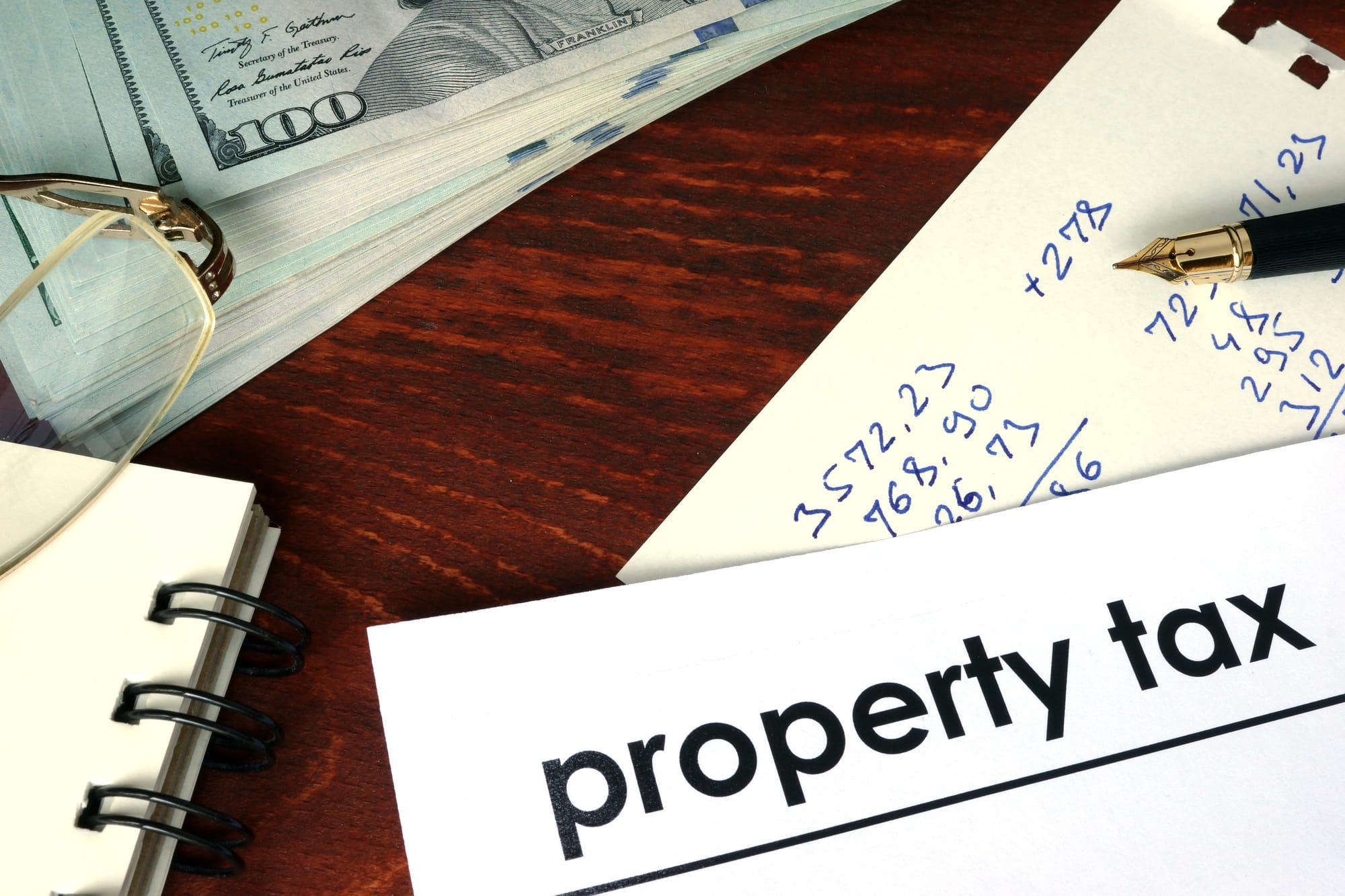Understanding Property Taxes & Reassessment 🏠💰

-by Luke Grasso NMLS 2638025
Buying a home is exciting—but keeping track of property taxes can be confusing. 🧐 In California, Proposition 13 helps homeowners by capping tax increases at 2% per year, but certain events can trigger a full reassessment of your property's value.Let’s break down what you need to know! ⬇️
📌 When Does a Home Get Reassessed?
Property taxes are not based on market fluctuations! Instead, reassessment happens when specific events occur, such as:✔️ 🛑 Change in Ownership – If you sell or transfer a home, the new owner will have their property taxes calculated based on the current market value.
✔️ 🏗️ Major Renovations or New Construction – Building an addition, expanding square footage, or doing major renovations can increase taxable value.
✔️ 🔄 Change in Use – If a property is converted (e.g., from residential to commercial), reassessment applies.
✔️ 📉 Decline in Value – Homeowners can apply for a temporary reduction if the property’s market value drops below the assessed value.
✔️ 🏛️ Special Transfers – Some exemptions exist! If a home is transferred between parents & children or grandparents & grandchildren, reassessment can be avoided under Propositions 58 & 193.
📊 Does My Property Tax Go Up Every Year?
Under Prop 13, your property tax can only increase by 2% annually unless reassessment is triggered. However, there are exceptions that might change your tax bill:✅ 🏛️ Historic Properties – Some homes with historical status qualify for lower assessments.
✅ 🎖️ Exemptions – Nonprofits, veterans, and religious organizations may be eligible for tax reductions.
✅ 📢 Local Levies – Special assessments (like Mello-Roos fees or school district taxes) may be added outside normal tax increases.
✅ 📉 Market Declines – Homeowners can request temporary reductions if market values drop.
🏡 How Property Taxes Work When Buying a Home
When purchasing a home, property taxes are often included in escrow, meaning a portion of your monthly mortgage payment goes toward covering taxes and insurance. Here’s how it works:🔹 🏦 Escrow Account Setup – Most lenders set up an escrow account to collect property tax payments along with your mortgage. This ensures taxes are paid on time without requiring homeowners to pay large lump sums.
🔹 💰 Tax Prepayment at Closing – Buyers typically prepay a portion of property taxes at closing, covering costs until the next tax cycle begins.
🔹 📆 Biannual Tax Payments – In California, property taxes are paid twice a year (due in November and February). Escrow ensures funds are set aside so payments aren’t missed.
🔹 📈 Adjustment After Purchase – After buying a home, the county reassesses the property value, meaning the first tax bill after closing may increase based on current market value.
🔹 🧐 Monitor Escrow Payments – If tax rates change, escrow accounts adjust to reflect the updated tax amount in monthly mortgage payments.
🔎 Why Should Homeowners Care?
💡 Understanding how escrow handles property taxes prevents surprises in budgeting. Buyers should know that:
- Lenders collect taxes monthly to avoid large lump-sum payments.
- The first tax bill after purchase may rise due to reassessment.
- Escrow balances adjust if tax rates change.
For mortgage clients, these tax considerations impact affordability, monthly payments, and homeownership costs. Knowing these details can help you make informed financial decisions when choosing your new home or considering a refinance. 🏡💰